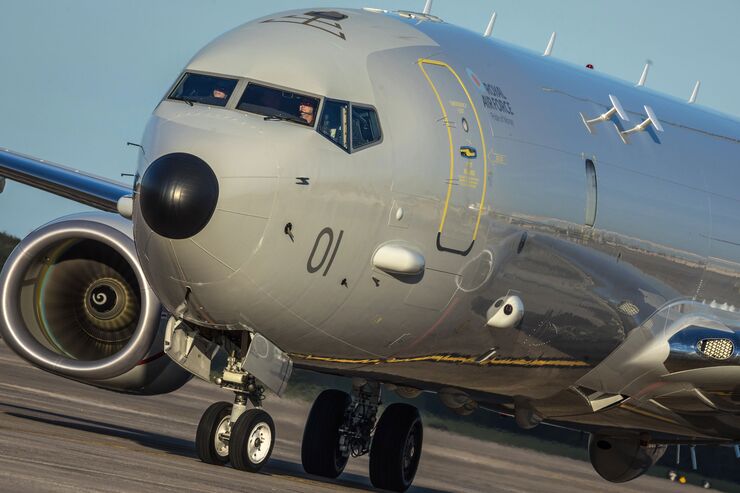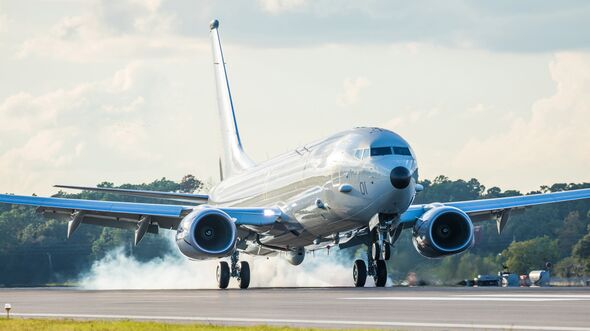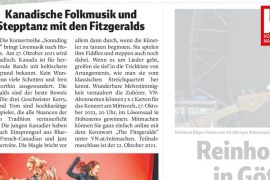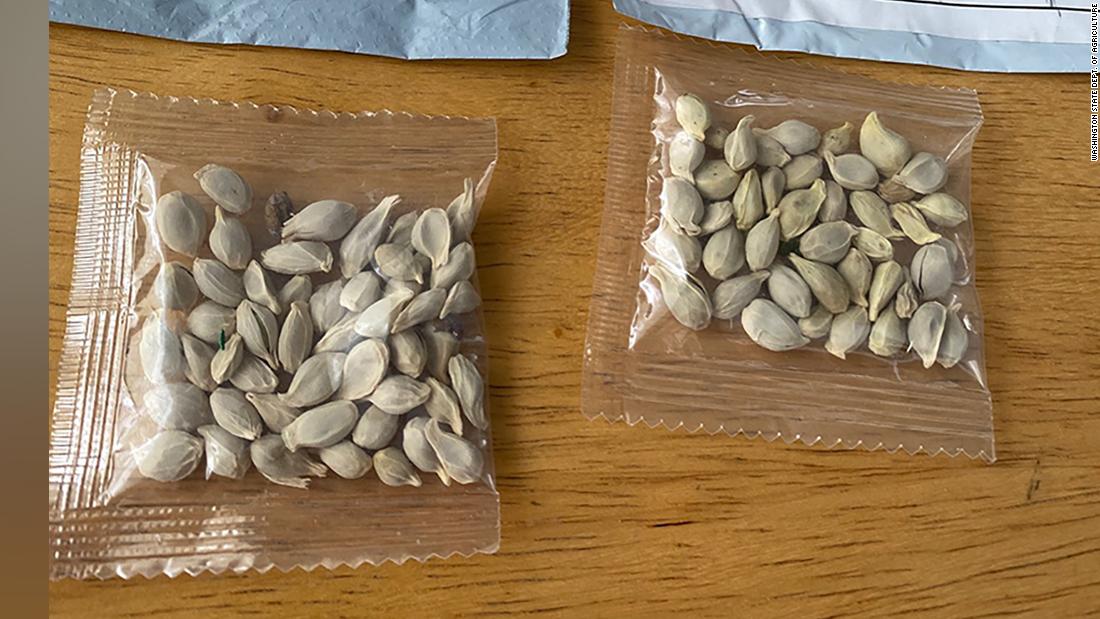The Canadian Air Force is looking for a replacement for its older Aurora submarine hunters. Turboprop four-engines are nearing the end of their service life – and Boeing sees a huge opportunity to score points with the P-8A Poseidon. Rightly so: hardly any competitors.
Like many other countries, Canada relies on the Lockheed P-3C Orion for submarine hunting and maritime patrol. However, the model does not operate in the Canadian Air Force as the Orion, but under the designation CP-140 Aurora. Canadians have been using specialized turboprops since 1980, and 16 of the original 21 machines are still in service today. These have been continuously modernized over the past four decades. In 2020, the 14th and final upgraded Aurora returned to service to the current Block III standard. Meanwhile, two CP-140s are already serving as test carriers for the Block IV upgrade. It is scheduled to be implemented in 2024 – and should be the last for the Aurora fleet. Because by 2030 Canada wants to fleet a successor.
wind ahead
Boeing is offering the P-8A Poseidon to Canada—and it’s likely to win the race to succeed Aurora.
Search begins for successor
The search for this successor has officially started recently. With the CMMA (Canadian Multi-Mission Aircraft) project, the Government of Canada has launched the first exploratory round to collect information on potential candidates. In this sequence, American aircraft manufacturer Boeing has now announced that it will offer the P-8A Poseidon to Canada. The twin-jet, based on the Boeing 737-800 (with the larger 737-900’s wing), is already regarded by many (former) Orion users as the natural successor to the turboprop four-engine. More recently, Germany also decided to purchase five P-8A and thus replace the Navy’s P-3C in 2025.
Royal Air Force
The P-8A Poseidon is considered by many armed forces to be the natural successor to the Lockheed P-3 Orion and has already flown more than 400,000 hours without incident.
Poseidon as a Favorite
In fact, Boeing has the best cards with Poseidon, as the comparatively powerful aircraft do little in the areas of submarine hunting and long-range maritime reconnaissance. The only four-engined Kawasaki P-1 from Japan is in the same league as the P-8A, ignoring Russian-built models like the Tupolev Tu-204. Otherwise, Canada would have to accept a significant loss of capacity when choosing a successor. Aircraft such as the C-295 MPa Persuader from Airbus, the Saab 2000 MPa or various conversion versions of the ATR 72 will be cheaper, but they will be a significant step backwards in terms of performance.
Given Germany’s decision in favor of the P-8A, it is very uncertain whether the actually planned Franco-German project of a maritime patrol aircraft based on the Airbus A320neo will ever become a reality. And the Atlantik 2, currently used by France, has the same problem as the Canadian Aurora: it is based on an older cell and has only limited future viability. So there is almost no choice but to order a P-8A…

Devoted web advocate. Bacon scholar. Internet lover. Passionate twitteraholic. Unable to type with boxing gloves on. Lifelong beer fanatic.







